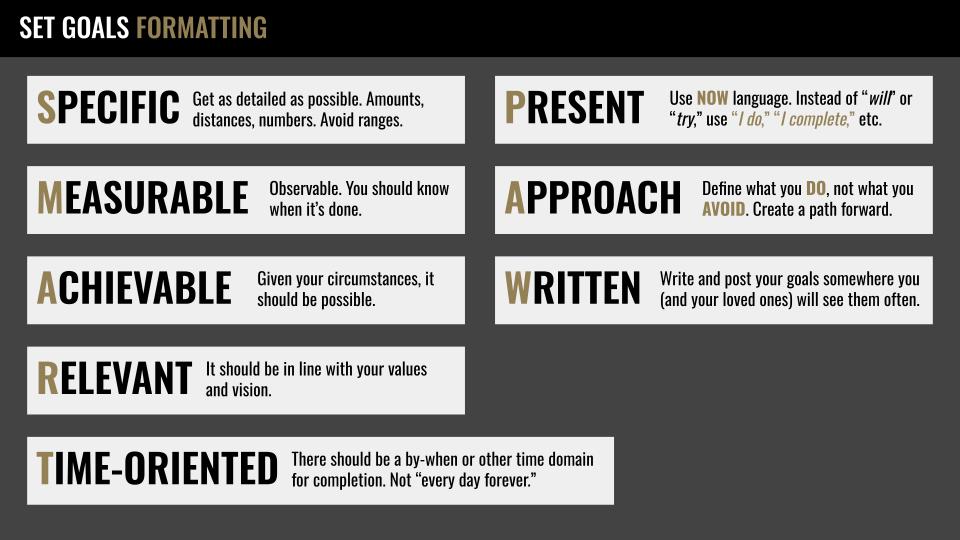For some, the beginning of a new year brings anticipation and hope for what may come. For others, a new year might bring up insecurities regarding the successes or failures of the past year and questions as to whether a new year will be any different. But regardless of whether a new year brings hope or anxiety, it does offer the opportunity to pause and set an intention for life over the coming three hundred sixty-five days.
This intention could also be called a “vision” for the coming year. Visions are the source of motivation. We buy eyeglasses and contacts to improve our vision to see what is ahead or off in the distance. In the business world, great organizations create vision statements to guide the company and inspire investors. Great visions are the source of the motivation that is necessary to create change.
Use these three questions to help build a vision for the coming year:
- What is one experience I’d like to share with a friend or family member this year?
- What is one thing I would like to accomplish in my work or education this year?
- One physical well-being practice that could improve my life if I were to implement it this year?
Respond to each of those questions using two to three sentences.
A vision by itself is not enough to ensure success. A vision should be paired with intentional goal setting so as to produce results. When turning a vision into actionable goals, use the SMART PAW framework:
S – Specific
A goal should be clear and concise. For example, instead of setting a goal to “read more this year,” considering making it more specific by adding in the genre, “I read a science fiction novel this year.”
M – Measurable
A goal should be capable of being measured. Instead of writing “I workout a lot this month,” write “I workout twice per week this month.”
A – Achievable
The best goals are challenging, but within the realm of possibility. “Going to the moon” in 2024 might not yet be possible for the average person, but taking a trip to the Space X facility in California might be!
R – Relevant
Goals should align with your values. These are the goals someone else wants for your life, these are the goals you want for you life. Don’t set goals to impress others, but to inspire yourself.
T – Time oriented
For goals to be successful, you must know when the process starts and when the goal is accomplished. Instead of setting a goal to “run a marathon,” considering picking a month and date you will do this: “I run a marathon in October of 2024.”
P – Present
A key aspect of accomplishing goals is adjusting mindset from being future oriented to being in the present. Instead of saying “I will run a marathon” write the statement in the present tense: “I run a marathon…”
A – Approach
Have you ever tried to eat less dessert during the holidays? And then constantly think about eating dessert? Instead of avoiding something, try approaching something. For example, write “I eat healthy fruit for dessert after my meal” instead of saying “I avoid eating dessert after dinner.”
W – Written
Write out your goals on paper or a computer, print them, and post them. Research has shown that “People who write their goals down are actually 39.5% more likely to succeed.” – Gary Keller, The One Thing
By considering a vision for the year and writing SMART PAW goals, you can set yourself up for a year of success in 2024!




